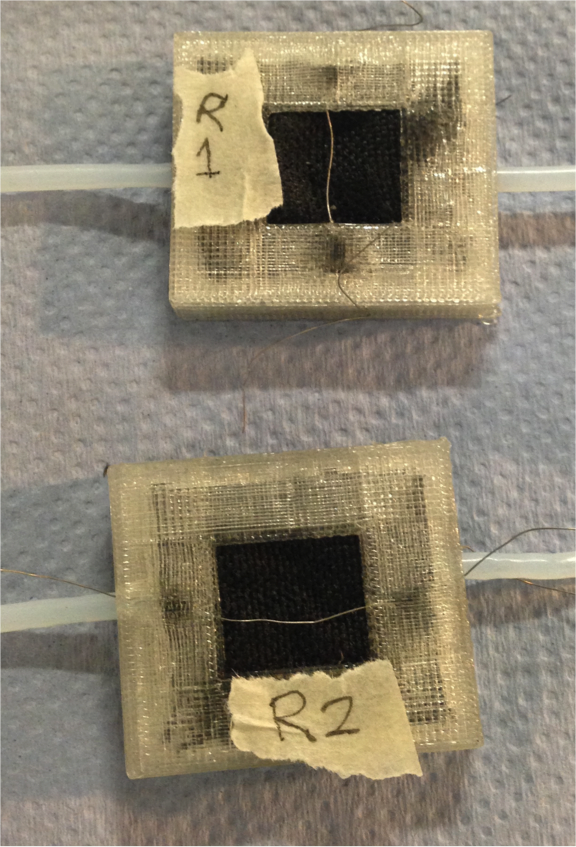Biofilm-based sensor offers cheap check for potable water

Gathering water from a recently completed fresh water well in Dira Dawa, Ethiopia (Credit: U.S. Navy, via Flickr)
Around the world, 780 million people lack access to clean water. In developing regions, such as those in Africa, Southeast Asia and Latin America, knowing whether water is potable can mean the difference between life and death. Equipment costs are often a barrier for local governments looking to implement drinking water monitoring programs, but a new sensor in development by University of Bath researchers could provide a low-cost solution to this deadly problem.
Using inexpensive polymers and increasingly common 3D printing technology, the scientists built a sensor that costs less than 10 bucks. At the heart of the device is a bacteria-laden biofilm that can detect the presence of organic pollutants in less than three minutes.
“This is a device that uses bacteria to generate electricity,” explained Mirella Di Lorenzo, a lecturer in chemical engineering at Bath and lead author of a study centered around the technology. “If there’s anything in the water sample that disturbs the metabolic activity of this bacteria then a change in the current generated is observed.”
The bacterial biofilm used in the device is cultured from an anaerobic sludge extracted in a wastewater treatment plant, Di Lorenzo said, and produces a steady electrical current. When exposed to pollutants, the bacteria lessen their current generation in proportion to the amount of pollutants present. The current returns once the pollutants are removed, making the bacteria ideal for accurate real-time water monitoring.

The 3D-printed biofilm-based device (Credit: Mirella Di Lorenzo)
Although the researchers only tested for cadmium in a laboratory setting, Di Lorenzo says that, hypothetically, the bacteria should respond to any bioactive pollutant. Because the bacteria are constantly growing and regenerating cells, the device will likely exhibit a lengthy lifespan — other groups doing similar research have seen biofilms last for over 10 years. Di Lorenzo noted that the device features one shortcoming that remains to be addressed.
“The problem is, if a pollutant is so strong because of its nature or concentration, it would completely kill the biofilm,” she said.
That’s hardly an issue, considering biofilm can be regenerated in three to five days by inoculating the system with activated sludge in a process called enrichment.
In addition to steep price tags, many other pollutant-detecting instruments require long deployments or incubation periods to accurately assess a water sample. Other forms of bioactive monitoring rely on larger, more complex organisms such as fish, daphnia and algae. Easily grown, hardy bacteria and cheap machined parts set Di Lorenzo’s device apart from the remote sensing crowd.
Image: Gathering water from a recently completed fresh water well in Dira Dawa, Ethiopia (Credit: U.S. Navy, via Flickr)




0 comments